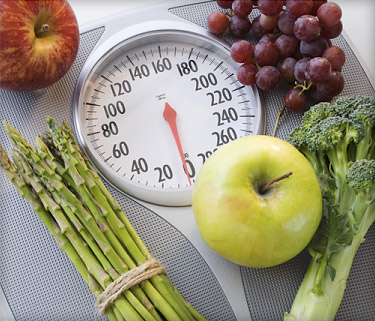Many people are interested in the Paleo Diet but are unsure of what they can and cannot eat while on this diet. This article provides a perfect overview for people new to the Paleo Diet, including what foods are allowed and what foods should be avoided.
What is the Paleo Diet?
A Paleo diet is a type of diet that is based on the eating habits of our ancestors from the Paleolithic era. This diet closely resembles the diet of hunter-gatherer populations from 10,000-50,000 years ago.
Many people who are interested in maintaining their health follow a paleo diet, as they believe that this is the best way to eat for the human body. The reasoning behind this is that the human body has not yet evolved to digest and utilize more modern foods.
When did Paleo start becoming popular?
The Paleo Diet is based on the premise that humans are best adapted to the diet of our Paleolithic ancestors, who ate a hunter-gatherer diet consisting of meat, fish, vegetables, and fruits. The Paleo diet, which includes foods that our Paleolithic ancestors would have eaten, has been popular for a few years now. Dr. Loren Cordain wrote a book called The Paleo Diet in 2002, which outlined the diet and popularized it in the United States. The diet mainly consists of meat, fish, vegetables, and fruits.
The diet has been becoming more popular for the last ten years or so, because of an increase in the number of blogs and books about it.
The Paleo diet is not a new fad; it has been around for over thirty years.
The Paleo diet is based on the works of many people who were curious about the past.
Excluded Foods on Paleo
The Paleo diet lets you eat only foods that our ancestors may have found easy to obtain or digest.
The strictest followers of the Paleo diet do not eat any grains, legumes, dairy, white potatoes, refined sugars, or processed Paleo foods.
What you can eat on Paleo?
People who eat a Paleo diet enjoy eating a variety of whole foods that were available to our ancestors from 10,000 to 50,000 years ago. This diet is full of nutrients, and focuses on whole foods instead of processed foods.
The Paleo diet is a diet plan that focuses on consuming the types of foods that were available to humans during the Paleolithic era. This diet includes a wide variety of vegetables, fruits, nuts, seeds, healthy fats, and animal protein.
While some people who follow a paleo diet do eat white potatoes, peas, and white rice, others exclude these foods. Some people on paleo also include quinoa and buckwheat in their diets, even though these foods are actually seeds and not grains.
Health Benefits Of The Paleo Diet
4. Boosts Satiety
Potential Deficiencies or Excesses









